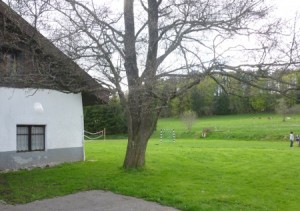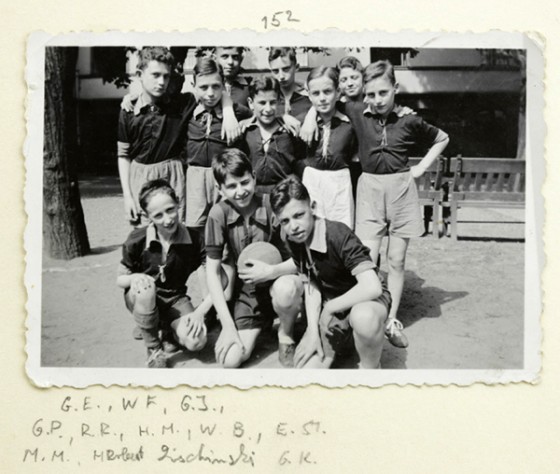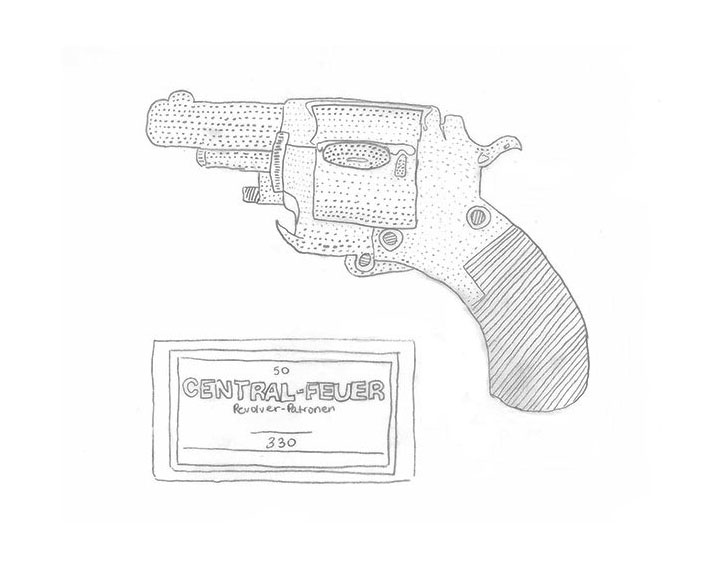
Youth hostel in alpine serenity
What’s the newest of the new in Jewish youth culture? To find out, I visited a machane, a Jewish summer camp, which congregated Europeans under the age of eighteen in a remote village in the Alps. Hoping to scout future Jewish ideas, themes, and memes, I had my eyes and ears open for interesting fashions, cool music, new media, games, slang, and food.
My quest was triggered by a slew of innovations brought about by the current generation. Deviators have exchanged their traditional tallitot (prayer shawls) for colorful ones with lilies and rainbows. Others have produced trip hop versions of Jewish songs, “Matzah raps,” and uploaded parodies of Biblical stories onto youtube. → continue reading
This evening a game between the Israeli and Norwegian teams will kick off the Under-21 European Football Championship in Netanya. Participating in the opening match in their home country will be something very special for the Israeli players.
Since I am a big soccer fan, this European Cup provided me with the impetus to take a closer look at what the Jewish Museum’s collection has on the subject of soccer. In our online display I discover a “Short History of Jewish Football,” and in our collection data bank I find further objects that awaken my curiosity. A photograph from the year 1936 or 1937 particularly appeals to me. I find it fascinating that soccer was already in the 1930s something boys loved to play. In the picture stands (last row, center) the young Walter Frankenstein, born in 1924, together with his soccer team:

The soccer team of Auerbach’s Orphanage from 1936 or 1937. Gift of Walter Frankenstein (last row, center). Photographer unknown.
© Jewish Museum Berlin, photo: Jens Ziehe
All the boys in the picture were inhabitants at that time of Auerbach’s Orphanage in Berlin’s Schönhauser Allee. → continue reading
 “Weapons and Dignity” is the title of the chronicle of an object in the recently published 25th anniversary brochure of the German Historical Museum. It is about a revolver that was offered as a donation to the Jewish Museum, met with great interest there, but finally found its way into the collection of the German Historical Museum. Why?
“Weapons and Dignity” is the title of the chronicle of an object in the recently published 25th anniversary brochure of the German Historical Museum. It is about a revolver that was offered as a donation to the Jewish Museum, met with great interest there, but finally found its way into the collection of the German Historical Museum. Why?
The story: a woman in Berlin during the National Socialist era, fearing for her life because she was ‘half-Jewish,’ obtained a revolver so that, should she be threatened with deportation, she could end her life instead. She survived the era of persecution and kept the revolver as a souvenir, eventually giving it to a neighbor. He in turn made contact with the Museum when he was to be required by changes in the law regulating weapons possession to register the weapon or surrender it to authorities. For an institution like the Jewish Museum Berlin, where biographical narratives play an important role in the collections and in the permanent exhibition, this revolver would have been a very welcome ‘strong’ object, given the immediacy of its provenance. → continue reading


